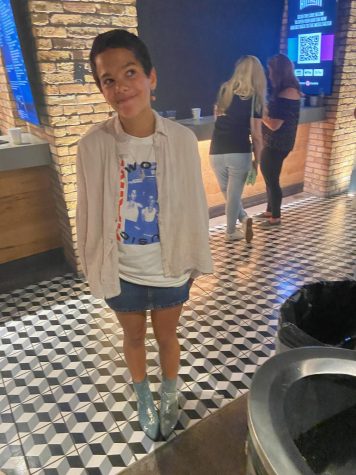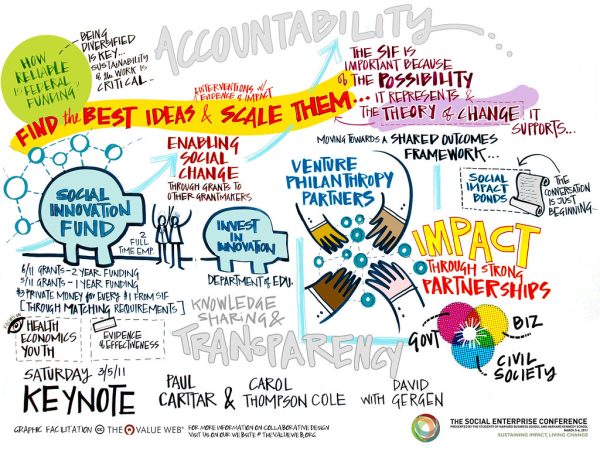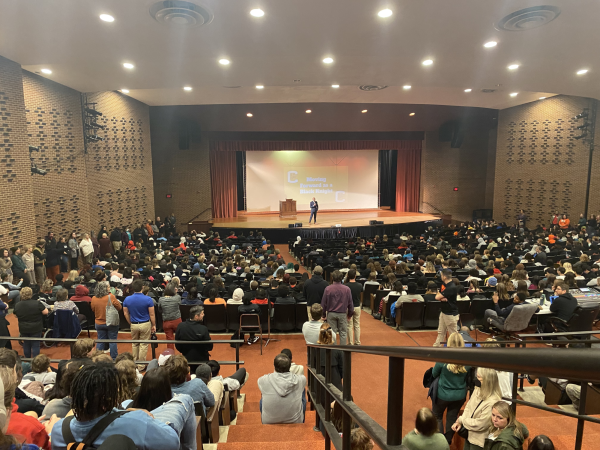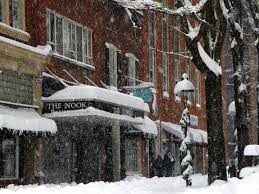Politics in the Classroom: A Fine Balance
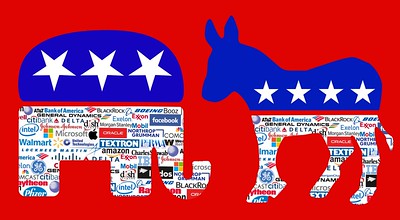
Photo used under SPLC guidelines.
October 18, 2021
In a time when America is politically divided in a way it has not been before, when tensions are present even in high school classrooms, and when teenagers have greater access to news and media networks, teachers have the challenging job of navigating classroom dynamics. This leads to a core question posed by Charlottesville High School’s Government teacher Mr. Robinson: “How can we talk about the stuff that’s really important to us and do so in a way that still recognizes each other’s humanity, that still leaves ourselves open to hearing from someone else, even if we know that we’ll never be on the same page as them on some really fundamental values?”
KTR recently spoke with two teachers to answer this question, and although they take slightly different approaches in their classroom, they started by reporting the same transition in their classrooms: political dynamics shifted during the Trump election of 2016. Mr. Everton, a CHS World History teacher, described his difficult experience during the election: “I had people asking me directly, ‘Who do you support in this election?’ and normally I would not have answered, but then it’s very hard when you feel that one candidate in particular is saying things that are racist and toxic and xenophobic, and I’m supposed to look at my diverse classroom and not tell them that I repudiate all that?” Mr. Everton said he decided to change his approach and speak more openly about his beliefs to his students.
Mrs. Hiller, a U.S History teacher, said the election solidified the disregard for conservative opinions in the CHS student body. She described the change in her classroom by saying, “during the Donald Trump era, because there was a lot of negativity around the Republican party, a lot of kids became silent. I adamantly disavow offensive and inappropriate comments or actions of any politician, but am very conscious not to make my more conservative students feel that all conservative views should be dismissed.” She felt the weight of conversations becoming one sided and politically conservative students being dismissed.
These conversations introduced the central issue: should teachers share their political views with their class? Mr. Everton has decided to be open with his beliefs, but in a way that attempts to honor and invite any opposing opinions. “I think that it’s impossible not to,” he said. “I think that one of the things that history classes teach, if they are being done properly, is that people have perspectives and people have biases no matter what, and if I’m a teacher [biases] are going to shape the way I teach. There’s no way around it.” Mr Everton feels comfortable joining in classroom debates and respectfully challenging his students’ opinions.
Mrs. Hiller also acknowledged that it is impossible to keep personal biases completely away from her classroom. However, rather than embracing these biases openly she has decided to take a different approach. “I try not to let my personal political views influence the way I teach [history],” she said. “I try to teach the facts and let the kids come up with their own opinion about whether they agree with a certain policy or not. But being human, I think all teachers are going to have a hard time one hundred percent keeping their political views out of lessons.” Mrs. Hiller prefers to ask students to initiate and carry the conversations, while serving as a mediator to make sure things stay respectful and civil.
Mr. Everton brought up an important negative effect from his decision of embrace his political beliefs in the classroom, one that Mrs. Hiller noted as a reason she chooses not to. Mr. Everton has seen that students with minority or opposing views can feel unseen in his classroom, and if they are afraid to speak up, he might never know. He recognizes that “the danger of acknowledging your own political biases and opinions in the classroom is that you’re silencing people who have less power than you who might disagree but don’t feel comfortable.”
Mrs. Hiller is dedicated to upholding overlooked opinions in her classroom, and it is much of the reason she argues for the conservative students she may not completely agree with. “Unfortunately at CHS, because the student body is very liberal, there has been a lack of discourse in the classroom in the last few years,” she said. “And I feel that conservative kids don’t feel comfortable enough to speak out because sometimes they’re looked down upon.”
Mr. Everton and Mrs. Hiller want the same thing: an inclusive classroom that engages in healthy discourse and seeks the truth. Mr. Robinson similarly described how he chooses which political conversations to engage in his classroom: “There’s broader values,” he said. “One of them for me is that truth is important. I wouldn’t want to treat falsehood and truth as equivalent, and I’d want to make sure we pursued, found, and researched what is correct.”
For both, the end goal is truth, inclusivity, and patience for others. To hit that mark, teachers at CHS, given the task of navigating complicated waters, have to make important decisions about how they will choose to guide their students towards the truth in a politically divisive era.


